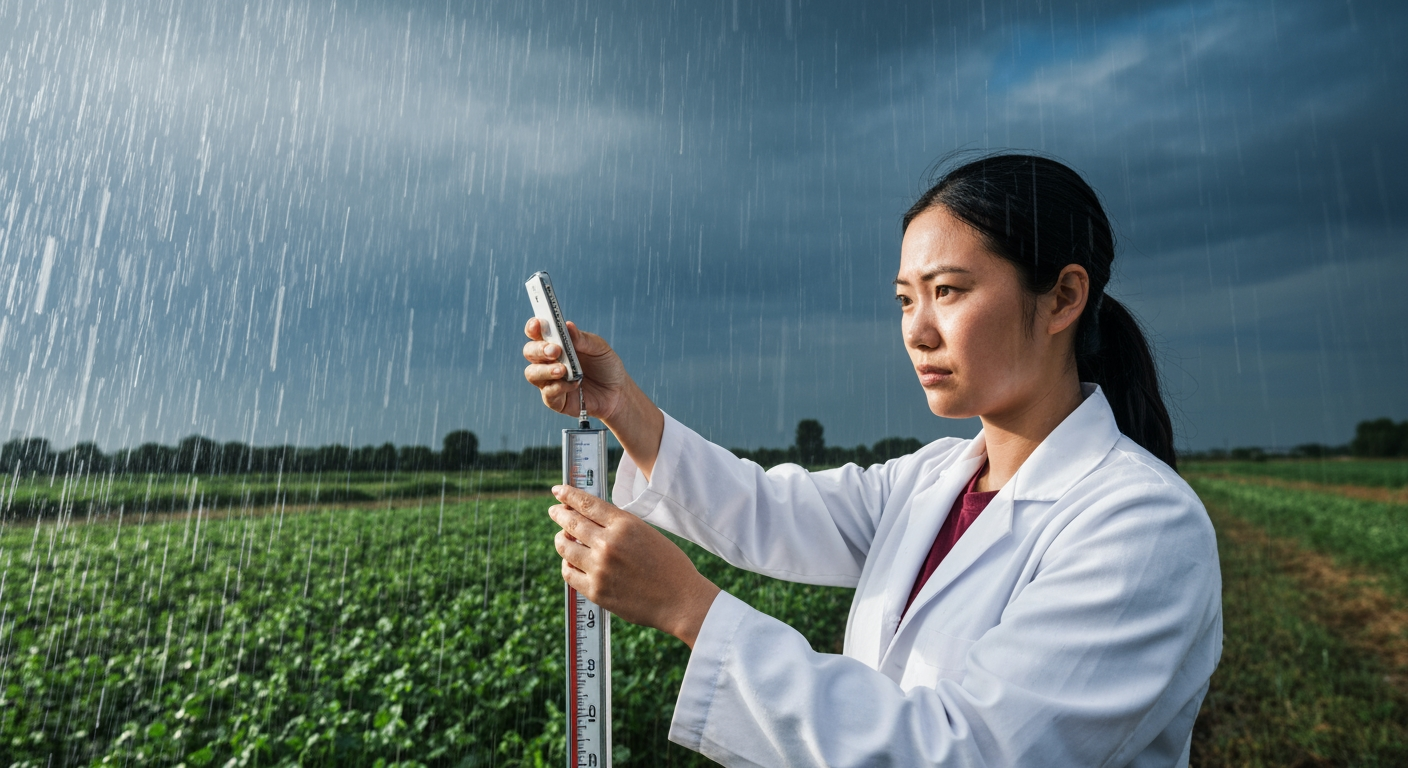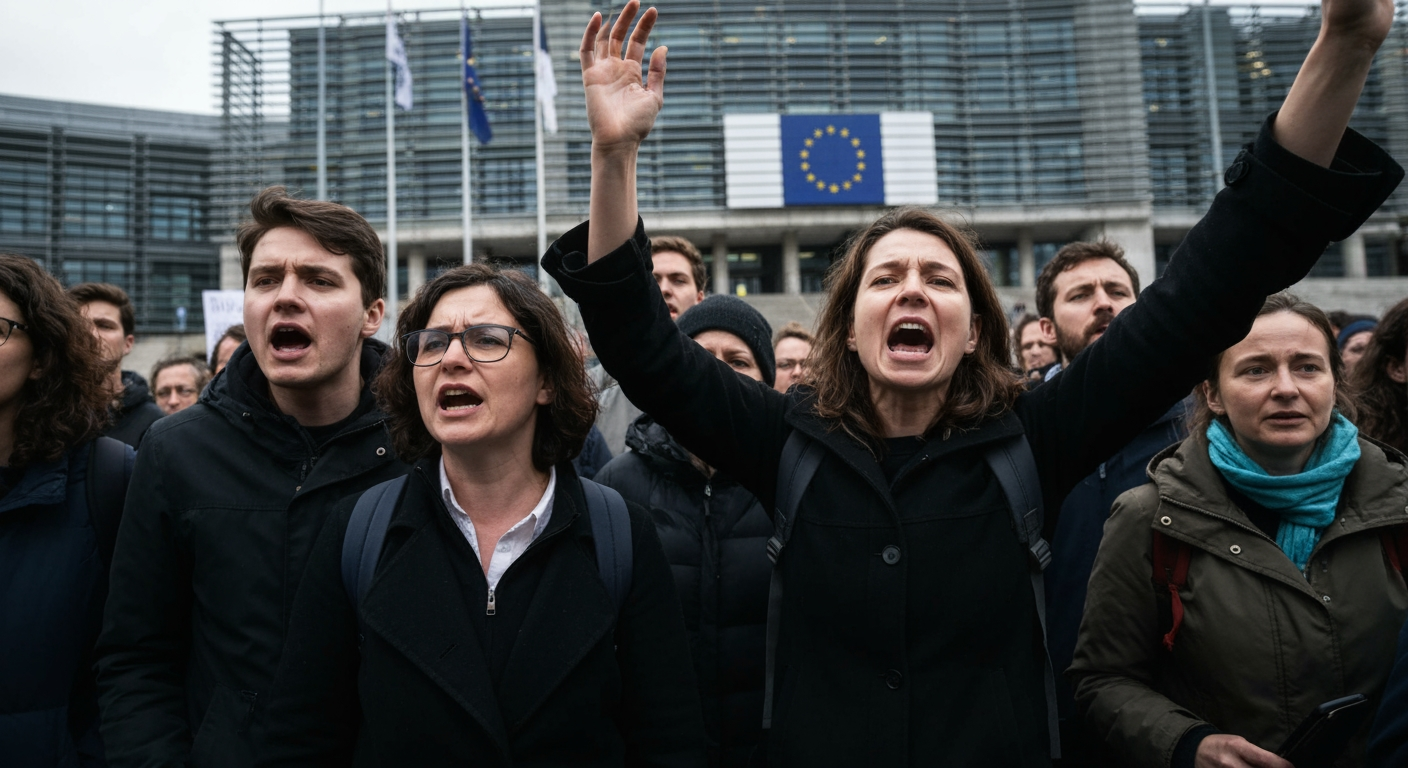Brazil's Climate Crossroads: Balancing Ambition with Reality

Brazil, a nation of immense natural resources and a key player in global climate discussions, stands at a critical juncture. As the host of the upcoming COP30 in Belém in November 2025, the country is under increased scrutiny to demonstrate its commitment to combating climate change. While recent data indicates progress in reducing deforestation and expanding renewable energy, challenges remain in fully aligning policy with ambitious climate goals.
Renewed Commitments and Deforestation Declines
Under President Lula da Silva, who assumed office in January 2023, Brazil has prioritized the reconstruction of its environmental policy, reversing budget cuts and policy rollbacks from the previous administration. This renewed focus is evident in Brazil's updated Nationally Determined Contribution (NDC) to the Paris Agreement, which outlines a commitment to reduce net greenhouse gas emissions by 59% to 67% by 2035, relative to 2005 levels. This translates to a reduction of 850 million to 1.05 billion tons of carbon dioxide equivalent by 2035.
Initial reports suggest that strengthened law enforcement has contributed to a 30.6% decrease in deforestation in the Brazilian Amazon in 2024 compared to 2023, reaching the lowest level since 2015. Deforestation in the Pantanal and Cerrado biomes also experienced significant reductions, dropping by 77.2% and 57.2% respectively between August and November 2024. This progress is attributed to the implementation of action plans for deforestation prevention and control.
Renewable Energy Leadership
Brazil has emerged as a leader in renewable electricity within the G20. In 2023, 93.1% of the country's power generation came from renewable sources, far exceeding the global average. Hydropower continues to be a dominant source, accounting for 60% of Brazil's electricity in 2023. However, wind and solar energy are rapidly expanding, reaching a combined share of 21% in 2023, a substantial increase from 5.8% in 2016.
The growth in solar generation has been particularly impressive, increasing by 72% from 2022 to 2023. From March 2023 to April 2024, solar generated 9.1% of Brazil's electricity, surpassing the G20 average. Brazil's "Novo PAC" aims to have 80% of added electricity capacity coming from renewable sources. By maintaining current hydropower generation and increasing wind and solar energy, Brazil could potentially reach a 100% clean electricity target by 2030.
Challenges and Concerns
Despite these positive developments, Brazil faces significant challenges in fully realizing its climate ambitions. While deforestation rates have decreased, the degradation of the Amazon biome has increased, rising 497% in 2024 to a 15-year high due to increased fires. Although the deforestation rate for 2024 is 65% smaller than 2022, when the rate of deforestation was at its peak, the levels seen last year are well above rates seen for much of the 2010s.
The Climate Action Tracker rates Brazil's policies and actions as "Insufficient," indicating that substantial improvements are needed to be consistent with the Paris Agreement's 1.5°C temperature limit. To peak and then rapidly decrease emissions, Brazil will need to sustain and strengthen policy implementation and accelerate mitigation action in all sectors, including reversing plans to expand fossil fuel energy sources. Calculations show that under current policies, Brazil's total emissions will reach between 1,162 MtCO2e and 1,197 MtCO2e in 2030, almost 25% above 2005 levels.
The Road to COP30
As Brazil prepares to host COP30, the world's eyes are on its leadership and its ability to translate commitments into action. The conference marks a key moment to assess progress toward limiting global warming and revisit Nationally Determined Contributions (NDCs) to determine if countries are on track to maintain the 1.5-degree Celsius threshold.
Brazil's NDC relies heavily on its forests to meet its targets, focusing on combating deforestation and restoring 12 million hectares of native vegetation by 2030. Curbing deforestation and restoring forests at scale is crucial, but progress is also needed in the energy and agriculture sectors, which are projected to be major sources of pollution in the years to come.
Balancing Economic Growth and Environmental Protection
Brazil's challenge lies in balancing economic growth with environmental protection. The country's Nationally Determined Contribution (NDC) focuses on generating economic growth while conserving ecological diversity. Brazil has public policies and technological tools that promote deforestation-free agricultural and livestock production while expanding production, contributing to the conservation of natural resources, and ensuring food security.
The Brazilian government has been investing in promoting the bioeconomy as a sustainable economic alternative for forest regions. The bioeconomy encompasses activities that use biological resources with innovation and sustainability, generating products and services with high aggregated value from the Brazilian biodiversity.
Conclusion
Brazil's climate journey is marked by both progress and persistent challenges. The recent decline in deforestation and the expansion of renewable energy are encouraging signs, demonstrating the potential for a sustainable future. However, the country must address the ongoing degradation of the Amazon, strengthen its climate policies, and accelerate mitigation efforts across all sectors to meet its ambitious goals. As the host of COP30, Brazil has a unique opportunity to lead by example, fostering international collaboration and driving meaningful action to combat climate change. The world will be watching to see if Brazil can rise to the occasion and solidify its role as a true climate leader.


